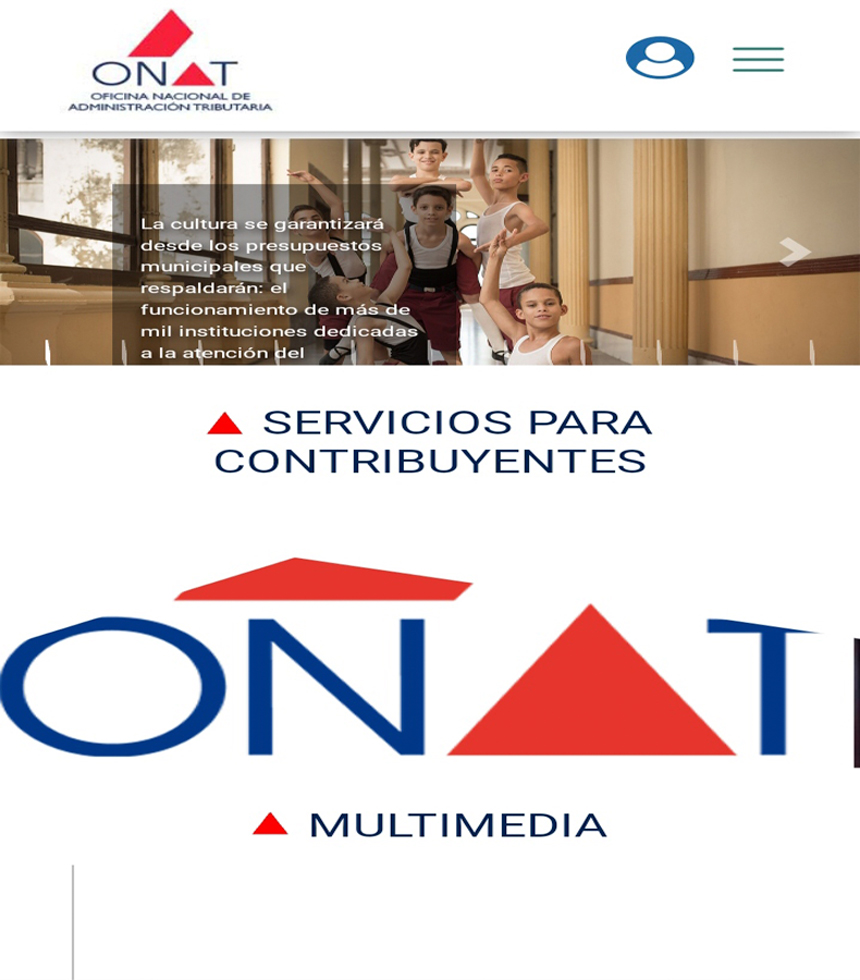
The digitization of Cuban society extends to all sectors. To streamline procedures, employees of the National Tax Administration Office (ONAT, by its Spanish acronym) have created mechanisms to better reach taxpayers.
Las Tunas, Cuba.- Julio Francisco Quiñones Guerrero, provincial director of ONAT, told 26 that it is now possible to file tax returns through electronic channels. "Among these portals are the website of the institution, the e-mail requests of the municipalities and the provincial directorate, and USB devices that some taxpayers carry with them.
Another measure adopted by the country that does not directly involve tax officials is the sale of stamps sold by Cuba’s Post Office, which are used by ONAT, and their digital acquisition is allowed in the eight municipalities of the territory.
"Experiments are being carried out in the country to identify possible areas of evasion through computer programs. These investigations are carried out in collaboration with a company from the Cuban capital, which proposed some taxpayers who are being studied to verify that their work corresponds to what the system establishes."
"We also have an e-mail query so that taxpayers can check their obligations and know the status of their compliance. What we want is to be able to reach them and, to a certain extent, eliminate the influx in our offices."
The employees who are in direct contact with the population to facilitate access to each of the pages of the National Tax Administration Office explain how to access the consultation pages, where it is not possible to interact, but where the steps to be taken for each procedure can be found.
Idalkis Bruzón, the entity's communications specialist, explained that "people can make their tax payments through the Transfermóvil application, which specifies the steps on how to do it and they receive a bonus."
"They can also go to La Ventanilla, our website. All these electronic channels established in the national territory are serviced by the Office and are of great security because the taxpayer does not have to bring the physical money, they can do it through these mechanisms and prove it with the confirmation message they send once the payment has been made, which must be delivered in printed form."
Although electronic channels are secure payment methods, there are also complaints from some users who sometimes make the payment but do not receive confirmation from the bank.
"These setbacks are due to, sometimes, people don't enter their identification code correctly. In these cases, they are called and asked to show the confirmation messages. We are aware that it can be a bit complicated at first, but it is a potential help because you have to go to the bank with large sums of money."
Interacting with users to find out what their concerns are, where they think the service could be improved, and what the rules are that govern them, is also possible through these digital systems, which are mostly aimed at making taxpayers' payments more viable.






